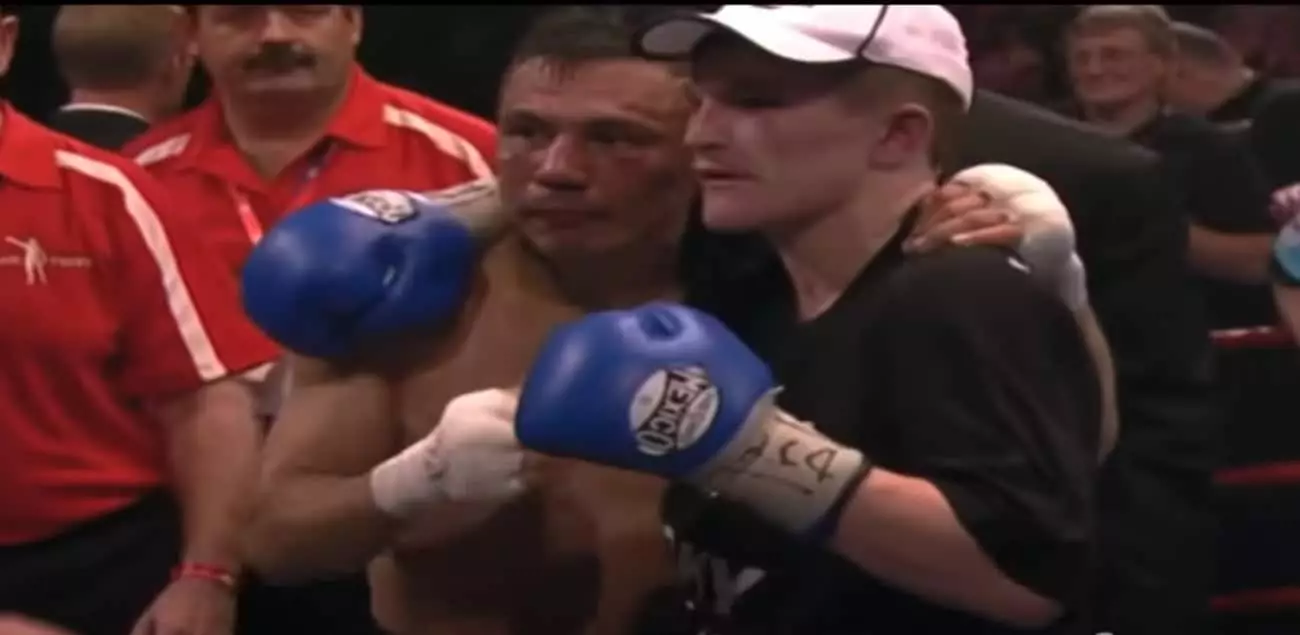In the world of boxing, surprises are commonplace, yet the news of Manny Pacquiao’s return at the age of 46 has managed to leave both fans and fighters alike agog. Ricky Hatton, a storied British champion, stands at the forefront of this wave of astonishment. A conversation during a recent TalkSport interview opened a Pandora’s box of questions about the natural evolution of the sport, legacy, and what it truly means to compete at such a prestigious level after years of absence from the ring. Hatton’s incredulity reaffirms a prevailing sentiment in boxing—how does an iconic fighter such as Pacquiao regain a spot in the World Boxing Council (WBC) welterweight rankings despite a hiatus that stretches back to 2019?
The reinstatement of Pacquiao reflects a deeper current in professional boxing where the past often casts long shadows over the present. How can a fighter who has not stepped into the ring for years return to compete for championship titles? Hats off to the WBC for their ability to stir the pot of controversy, but many, including Hatton, seem puzzled by the ranking system that appears to prioritize legacy over present performance. As Hatton put it, “How has Manny got his world title shot when he’s been retired six years?” The dissonance is palpable, evoking discussions both from enthusiastic promoters and wary spectators.
Context of a Remarkable Era
Pacquiao’s illustrious career, marked by phenomenal wins and unprecedented accolades, allows for some leniency in his return. However, the reality of a vastly changed boxing landscape cannot be ignored. As Hatton pointedly juxtaposes against the spectacle of older fighters, such as Mike Tyson recently stepping into the ring, the question beckons: Is this merely a grotesque display of nostalgia or a legitimate comeback?
Hatton, having faced both Pacquiao and Floyd Mayweather, suggested the very essence of modern boxing allows even the unthinkable to take place. He muses on the nature of contemporary boxing promotions, viewing the re-emergence of Pacquiao not just as a personal journey but as an emblematic sign of the times. Is it possible that the normalization of legendary fighters returning to the ring, regardless of age or recent performance, is indicative of an industry seeking to capitalize on nostalgia?
Comparative Analysis of Greatness
The debate surrounding who stands as the greater fighter between Pacquiao and Mayweather garners significant attention, especially from someone like Hatton, who has the unique distinction of facing both titans. While Hatton acknowledges the spectacular power and ferocity of Pacquiao, notably referencing the catastrophic knockout he suffered at the hands of the Filipino icon, he proceeds to articulate that Mayweather holds the edge in overall prowess.
“I think Floyd Mayweather [was the better of the two],” Hatton remarks, channeling an honesty that can only stem from substantial personal experience inside the squared circle. This perspective is not merely anecdotal; it fosters a multi-layered understanding of adaptability, defense, and overall technique—elements that define greatness in boxing. Hatton’s musings suggest a shift in the criteria used to evaluate fighters, reflecting on the importance of timing, health, and an athlete’s ability to maintain their sharpness over years.
The Emotional Underpinnings of Legacy
For Hatton, witnessing Pacquiao’s attempt to reclaim his former glory opens a well of complex emotions. Beyond the competitive rivalry and admiration for the craft, there’s a yearning for the glory days of boxing—when raw talent and tenacity filled the arenas, many of which have now morphed into retail experiences. The human connection to legendary fighters extends beyond statistics and accolades; it’s a shared experience that resonates with fans who cherish the adrenaline of a hard-fought battle.
Pacquiao’s desire to “roll back the clock,” as echoed by Hatton, is emblematic of a broader phenomenon experienced by many athletes as they mature and transition into different phases of life. This resonance raises salient questions regarding motives: Is it the passion for the sport, the lure of competition, or perhaps the undying drive for legacy that spurs boxers to return?
As we stand at this intersection of nostalgia and competition, Hatton’s reflections serve as both a critique and an ode to the sport, challenging the boxing authorities while simultaneously honoring the icons that have shaped its history. The path ahead for Pacquiao and the boxing world remains uncertain, fostering a captivating dialogue about what truly defines greatness.

